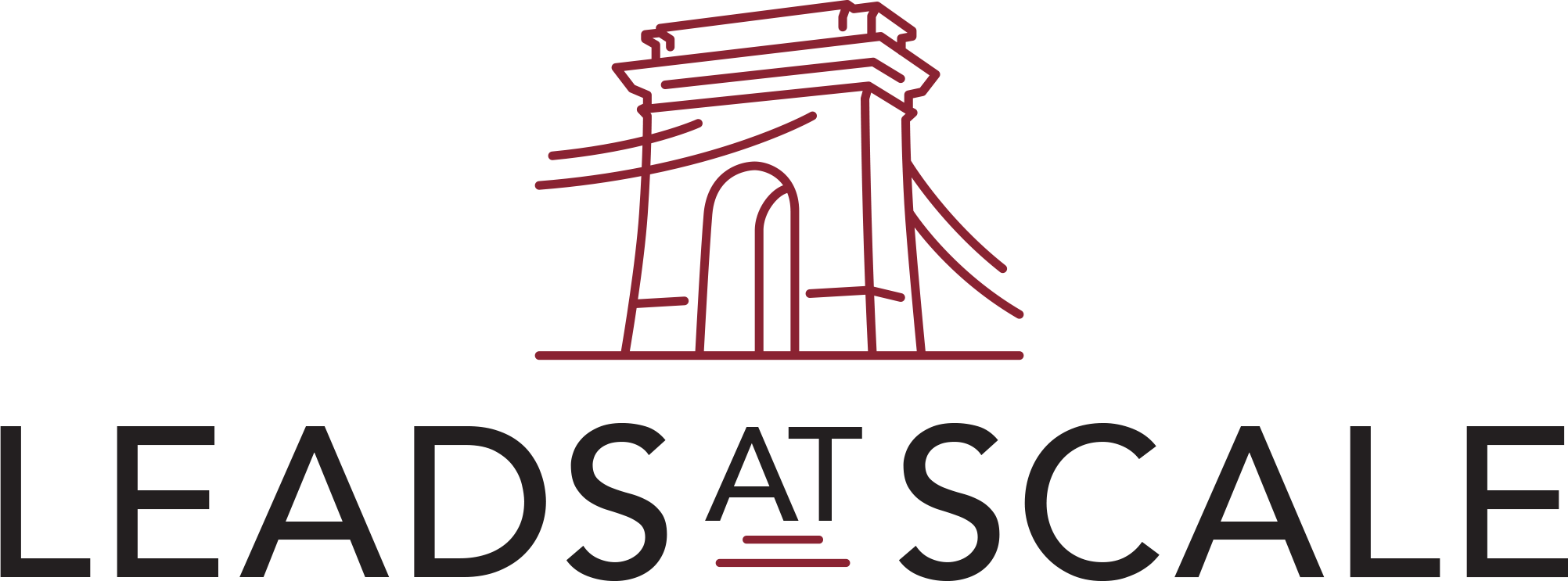Sales strategies are one of the most crucial tools that businesses can use to increase their B2B customer base. Without it, they may struggle to expand or even maintain their current clientele.
This is especially true in B2B markets, where competition is often fierce. As such, customers have a wide range of options when choosing which companies they want to do business with. Why should they choose yours?
Today’s blog post will focus on the different sales strategies that B2B companies can use to facilitate lead generation and sales.
Define Your B2B Customer
First things first, what is a B2B customer base? In this context, it refers to the pool of customers to whom a business sells its products or services. Before starting anything, B2B companies must clearly understand their target market and who they are trying to attract.
Doing so will allow them to better tailor their sales strategies to the needs and preferences of their potential customers. For instance, let’s say a company sells business consulting services. It may focus on attracting C-level executives or entrepreneurs launching new startups.
The best way to get a clear picture of your target market is to create B2B buyer personas. These semi-fictional representations describe the ideal customer for your business. It includes their demographics, interests, behaviours, pain points, and more. There are several tools and techniques that you can use to create buyer personas, including:
Customer Surveys
One of the most straightforward ways to collect data about your target market is by conducting surveys. You can use tools like SurveyMonkey or Google Forms to create questionnaires. You then send surveys directly to your existing customers or distribute them through email, social media, or other channels.
Market Research
Another option is to do offline and online market research. That involves gathering information by exploring industry reports and publications.
Focus Groups
You can also hold focus groups with many customers or stakeholders to gain insight. Bring together people from different demographics or industries who share common characteristics. For example, you could gather small business owners in your area.
Once you have this information, you can use it to create detailed buyer personas that will help guide your sales strategy moving forward. Every decision you make, from your content to your sales tactics, should be based on these personas.
Maintain Excellent Service and Customer Support
This one is pretty straightforward. If you want to increase your B2B customer base, you must offer exceptional service to exceed your customers’ expectations. That may involve several different strategies, such as.
- Providing fast responses to inquiries and support requests: You should aim to answer customer concerns as quickly as possible, ideally within a few hours or less. You can achieve this by having a dedicated team of customer service representatives available 24/7. You can also use an automated messaging system that allows customers to request more information at any time.
- Offering personalized support: Each customer should feel like they are receiving a personalized experience. Gather information about your customers’ individual needs, preferences, and buying history and tailor support for them.
- Building strong relationships: Finally, building strong relationships with your customers is one of the keys to providing exceptional service. This can involve proactively reaching out to customers to ensure they are satisfied. Quickly resolve any issues that come up to prevent them from becoming long-term problems.
By maintaining strong relationships with your B2B customers, you can help strengthen their loyalty, increasing the chances of repeat purchases in the future.

Master Outbound Calling To Increase Your B2B Customer Base
Finding new leads can be challenging in a B2B setting, which is why many companies turn to outbound calling. Outbound prospecting involves contacting potential customers to introduce your product or service. Take the opportunity to answer any questions they might have, and let them know about any relevant promotions or special offers you may have.
Outbound calling has the potential to be extremely effective when done right, but it can also be irritating if not handled properly. There are a few key strategies that can help maximize its effectiveness.
First, you should pay attention to the timing of your calls. Specifically, you should avoid contacting leads during peak hours, such as early morning or lunchtime. You also want to avoid calling during time-sensitive events like conferences and meetings.
Second, you should always have a clear goal for your outbound calls. This will help ensure that you focus on the right people and ask them only the most relevant questions. Don’t simply ask potential customers if they are interested in your product or service. Instead, focus on answering any specific concerns. Or try finding out more about the purchasing process they are currently using.
Finally, consider outsourcing your B2B outbound calling efforts to maximize efficiency. By bringing in an outside vendor, you can take advantage of their software and expertise. Outsourcing will help optimize your outbound calling strategy and reach more customers in a shorter time.
Use Sales Chat on Your Website
Keeping with the theme of flawless customer service, you might consider using a sales chat feature on your website. Sales chat is a real-time messaging system that allows visitors to your site to quickly and easily get in touch with one of your customer service representatives.
There are several benefits to using a sales chat feature on your website. For starters, they provide quick and convenient customer support. It also allows you to engage with potential customers who might not be ready to purchase just yet. Additionally, chat options like live video or audio calls can help create a more personal experience.
As for options, there are various tools available that you can customize to fit the needs of your business. You may link the software to your Facebook or Twitter account or embed it directly into your website to give users quick and easy access. Artificial intelligence (AI) can also be a practical tool for automating some of the tasks involved in sales chat.
Do Social Media Selling
In addition to outbound calling and sales chat, social media can also be a powerful tool for improving B2B lead generation. Depending on your industry, some social media platforms may be more effective than others.
LinkedIn is an excellent resource for B2B lead generation because it allows you to connect with business professionals in your industry. Instagram works well for businesses that focus on visual products or services. And Facebook can be valid for reaching a wider audience.
Regardless of which platform you choose, social media selling is all about creating engaging content. Said content should resonate with your target audience. Establish yourself as an industry expert by sharing:
- Informative blog posts and articles
- Curated visual posts (Infographics, photos, videos, etc.)
- Customer testimonials or case studies
- Webinars and other online events
Don’t Be A Salesman. Be a Consultant
One tip we can give for increasing your B2B customer base is to avoid acting as just another salesperson. You’re not selling used cars or vacuum cleaners here. You’re offering professional services that can help grow your customers’ business. As such, it’s vital to position yourself as a consultant or advisor rather than just another salesperson trying to make a quick buck.
One way to do this is by focusing on the needs of your potential customers and showing them how your services can help. Rather than aggressively pitching your services, focus on highlighting the value you can provide customers. Build relationships and foster trust by listening to your customers. Offer them advice and guidance based on their unique needs.
Your social proof should help reinforce this message as well. Include customer testimonials and reviews highlighting how your services have benefited other businesses.

Offer a Free Newsletter
Finally, most B2B sales teams can benefit from offering some sort of free newsletter to their customers and leads. It’s a great way to stay top-of-mind in the mind of potential customers and keep your company on their radar long after they have left your website.
Every week, month, or quarter, you can send out a newsletter. It can contain industry news and updates, sales tips and insights, or other content that helps to position your business as an expert in your field.
They will remember your company each time they receive your newsletter. In turn, potential customers are more likely to contact you when they are ready to purchase. Offering a free subscription also allows you to collect valuable customer data that you can use to target future sales efforts.
Use Social Media Listening
Internet chatter provides valuable insight into your B2B potential customers. With social media listening, you’ll tune in to be part of those conversations. You’ll gain insights into what they’re looking for and their prevailing pain points.
Various tools available today, make social media listening an approachable task. They can monitor keywords related to your industry across multiple platforms and alert you to any significant mentions. For instance, if you offer SaaS applications, such tools might flag discussions on software bugs that competing services often face.
Being active in these discussions gives an advantage over competitors who are not tuned in. You can respond directly to queries or comments about your industry and provide helpful insights. This subtly drives awareness about your company’s solution without resorting to hard-selling tactics.
Another way to use social listening is to study your own brand mentions. It could be feedback, reviews, or questions related to your services. This helps you track customer sentiment over time and gauge how they react to changes you make in the product or service offering.
Focus on Creating More User-Generated Content
User-generated content (UGC) has emerged as a powerful marketing tool because it harnesses the voices of your customers as advocates for your business. In fact, UGC influences purchasing decisions for nearly 80% of consumers. Authenticity is the keyword here. People are tired of generic clickbait and yearning for genuine content.
UGC spans a broad spectrum. It could take the form of:
- Product Reviews and Ratings: Customers often share opinions about products and services they have purchased or used. These reviews and ratings can influence the purchasing decisions of other potential customers. Companies can also use these reviews in their promotional material, showcasing real customer feedback.
- Social Media Posts: Users might post content about brands or products on social media platforms like Instagram, Facebook, and Twitter. This could take the form of photos, videos, or text posts. Companies can encourage this by creating branded hashtags or running contests that involve posting about the brand.
- User-Generated Videos: Video content created by users, including unboxing videos, how-to-use videos, or experience sharing, can be powerful forms of UGC. Video-sharing platforms such as YouTube or TikTok are popular channels for this type of content.
- Testimonials and Case Studies: Satisfied customers can provide testimonials or detailed case studies about their experiences with a product or service. These can be used on company websites or social media platforms as powerful tools to build trust with prospective customers.
By curating and promoting this content, you harness a two-fold advantage. First, it provides fresh content for your marketing channels. Second, it boosts credibility as they serve as implied endorsements of your business.
Engage with customers who leave positive reviews by providing incentives like discounts or premium features. Friendly reminders in emails or notifications can encourage customers to leave their reviews. If customer feedback is negative, respond politely and offer solutions. You’d be surprised how often people change their minds if they feel their feedback is taken seriously.
Do Marketing on Multiple Channels
As you probably know, a diverse array of platforms can be used to promote your B2B business. What you might not know is that more than one can be leveraged to reach your goals. The benefits of multichannel marketing cannot be overstated. According to Harvard Business Review, multichannel customers spend 10% more online than single-channel customers do.
Consider these channels and their benefits to get started:
- Email Campaigns offer direct and personal contact with your prospective clients. With curated content and regular interaction, businesses can build relationships that make their solutions top-of-mind when a potential customer is ready to purchase.
- Social Media Platforms like LinkedIn, Instagram, or Twitter provide opportunities for real-time engagement with a broader audience group. They allow businesses to showcase brand personality with more casual and frequent communication.
- Webinars and Online Events help establish thought leadership by providing information about industry developments or insights into how your business solves particular pain points in the market.
- Paid Advertising is another robust tool that lets you target specific demographics based on location, job titles or interests, etc. This targeting system improves the chances of engaging with those interested in your offering.
By leveraging multiple channels for marketing efforts, businesses can cast a wider net to engage potential customers from diverse touchpoints.
Coordinate Sales and Marketing
A harmonious team is an effective team, and this is especially true for sales and marketing. When these two departments work well together, it can help drive more conversions and increase the number of new B2B customers. Otherwise, you may end up with conflicting messaging and processes, which can cause confusion among your potential customers.
One of the best ways to ensure sales and marketing work together effectively is to establish clear departmental goals. Most sales teams typically use a certain process to follow up with leads. This process should be documented and shared with marketing so that sales can easily pass qualified leads on to them when necessary.
In addition, you may want to create a dedicated channel for getting sales and marketing input on content. This can involve setting up weekly or monthly meetings. These allow each department to share ideas, feedback, and suggestions. Alternatively, you could set up an internal wiki or another type of collaborative platform.

Share Testimonials
Nothing speaks louder than a satisfied customer. Testimonials from your satisfied clients are proof of the value your services or products bring to the market. It’s an honest and clear insight into what you do well.
These recommendations come in different forms, all-powerful in aiding persuasion. Written statements, preferably with the client’s photo, name, and designation, make significant impacts by humanizing positive experiences. Video endorsements provide an opportunity for storytelling that elicits emotions potential customers can relate to.
Leverage these testimonials across different platforms like website landing pages where clients might consider whether to engage with your product or service. Social media posts can add credibility among loyal followers and potential leads alike. And email campaigns impart confidence by showing previous successes.
Don’t limit sharing this feedback only when things go right. Challenges are part of any business venture. If you’ve faced problems but have successfully managed them to retain a satisfied customer, share that too! Such narratives demonstrate reliability and resourcefulness in resolving rather than escaping difficult situations.
Bottom Line
There are many different sales strategies that you can use to increase your B2B customer base. Whether you focus on social media selling, outbound calling, or email marketing, the concept is the same. You must offer valuable content and build long-term relationships with potential customers.
If you need any help with your cold calling or marketing strategies, be sure to contact Leads at Scale today. Our expert team excels in sales, and we can help you achieve your business goals.



